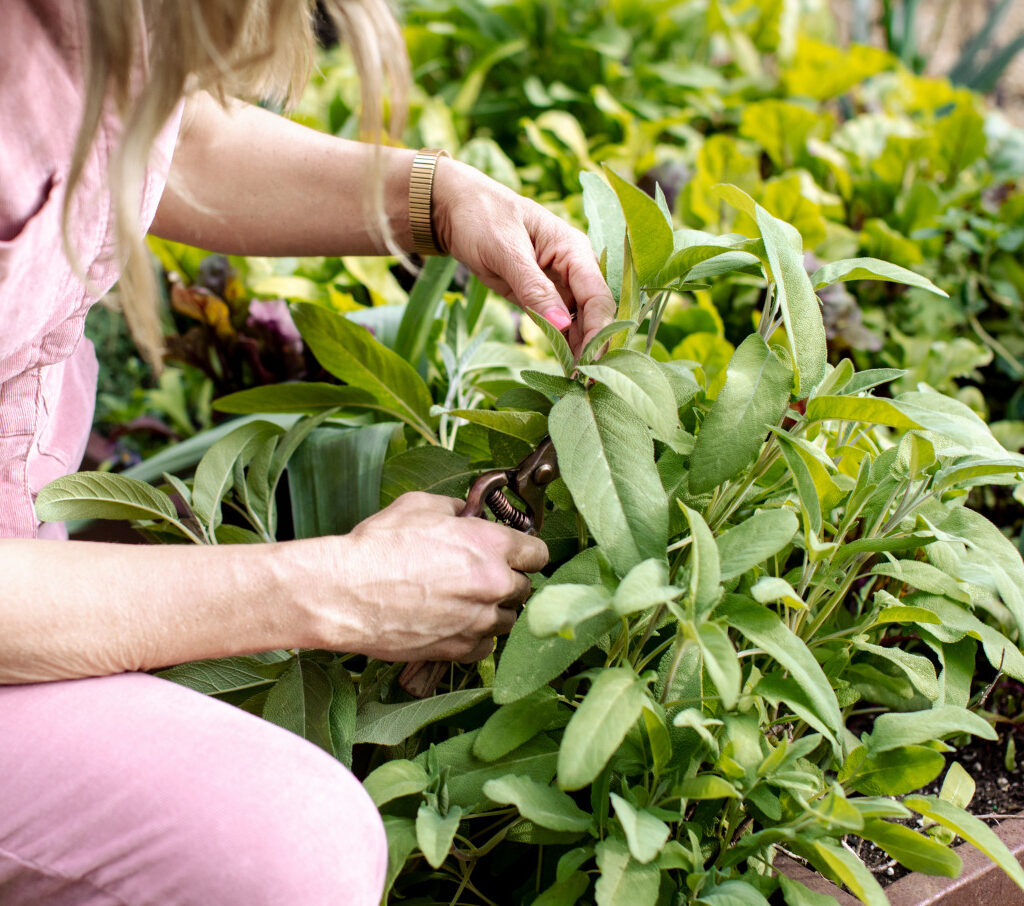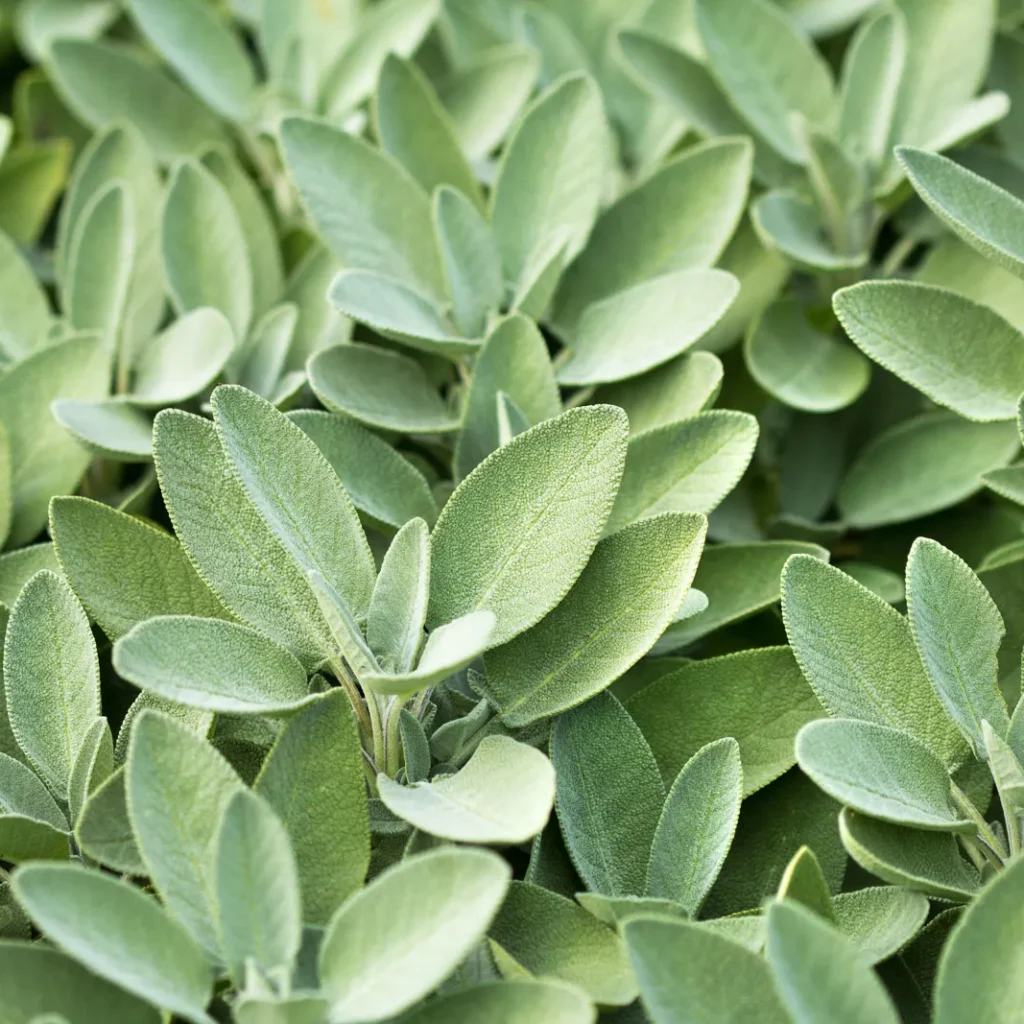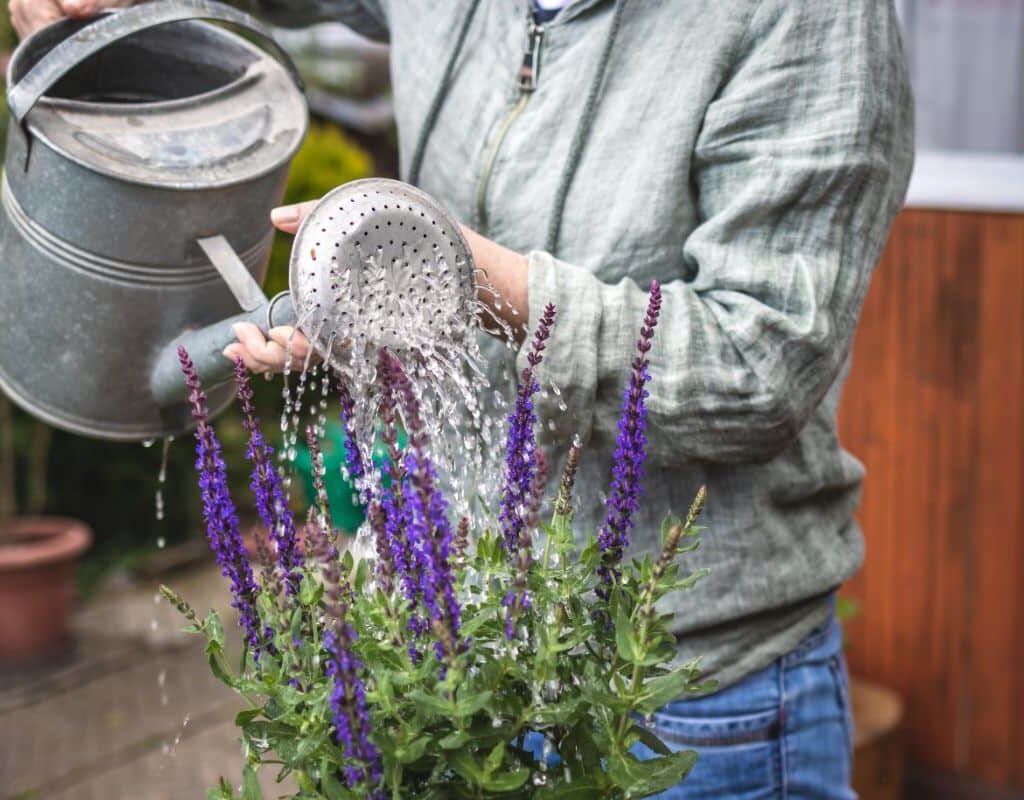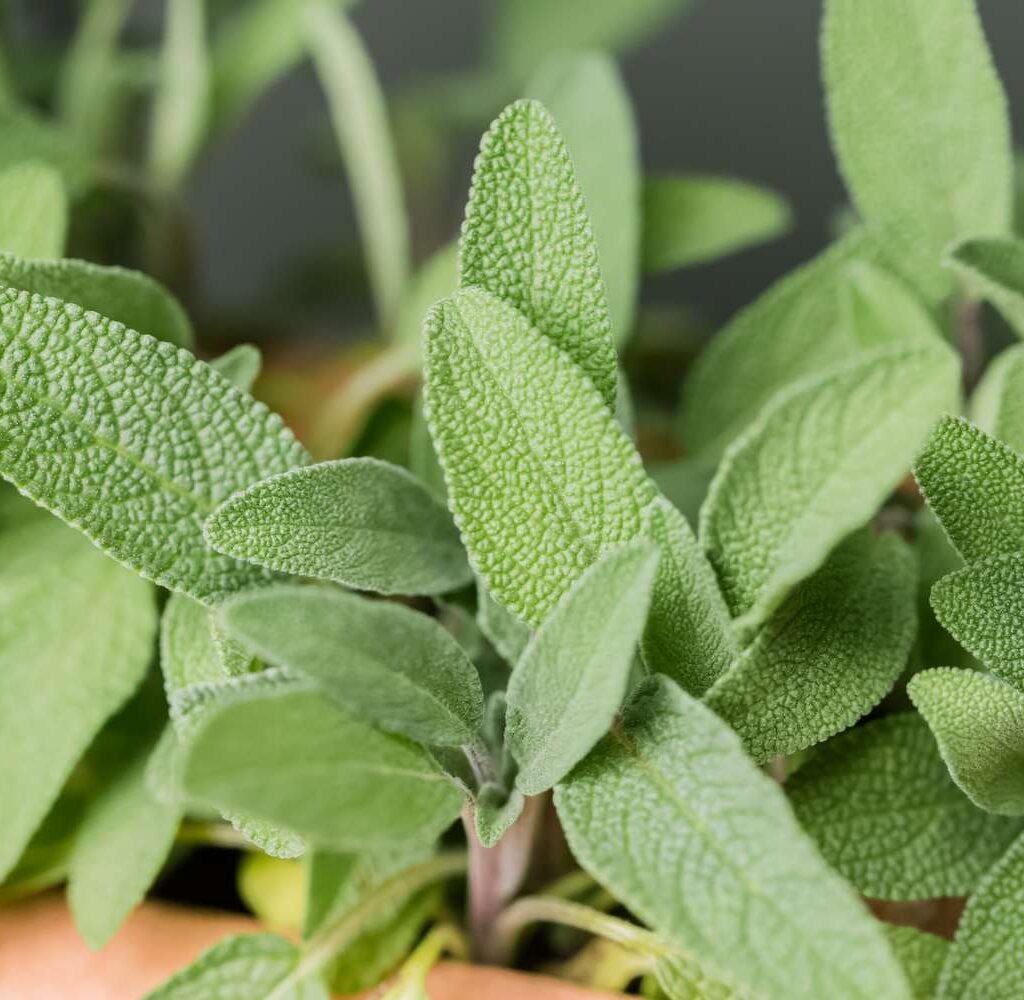Sage (Salvia officinalis) is a beloved, hardy perennial herb renowned for its culinary, medicinal, and ornamental uses. Characterized by its soft, silvery-green leaves and distinct earthy aroma, sage has been a staple in herb gardens and kitchens for centuries. Its ability to thrive in dry, sunny, well-drained conditions makes it one of the easiest herbs to grow — but like any plant, it still requires proper care and watering to remain healthy and productive.
A common question among gardeners is:
How often should you water a sage plant?
In this article, we’ll explore everything you need to know about watering sage, including how environmental conditions, plant age, and soil type affect its hydration needs. We’ll also cover the signs of over- and underwatering, the best watering techniques, and pro tips to help your sage flourish season after season.
Understanding Sage’s Natural Growing Conditions

To properly care for sage, it’s important to understand its origins and native environment:
- Native habitat: Mediterranean region of Southern Europe
- Preferred conditions: Dry, sunny, well-drained, rocky or sandy soils
- Drought tolerance: High once established
Sage evolved in arid regions with sporadic rainfall, which means it naturally prefers conditions where the soil dries out between waterings. Overwatering is a common cause of root rot and other problems in sage plants, especially in poorly draining soils.
How Often Should You Water a Sage Plant?

General Watering Guidelines
- Newly Planted Sage:
Water every 2–3 days for the first 2–3 weeks after planting until the roots establish. - Established Sage (In-Ground):
Water every 7–10 days during hot, dry periods. In milder, humid climates, watering every 10–14 days is often sufficient. - Potted Sage:
Water every 5–7 days in summer, and every 10–14 days in cooler months, as containers tend to dry out faster than garden beds.
Golden Rule:
Always let the top 1–2 inches of soil dry completely before watering again.
Factors That Affect Sage’s Watering Frequency

Several important factors influence how often you should water your sage plant:
Climate and Weather Conditions
- Hot, dry summers increase evaporation and water needs.
- Cool, rainy seasons or high humidity reduce the need for frequent watering.
Tip: In Mediterranean-like climates, sage thrives with minimal irrigation.
Soil Type and Drainage
- Sandy or loamy soils drain quickly, requiring more frequent watering.
- Clay or compacted soils retain moisture longer, raising the risk of overwatering.
Ideal soil: Well-draining, sandy or loamy soil mixed with gravel or horticultural sand.
Plant Age and Establishment
- Young sage plants have shallow root systems and need more consistent watering.
- Mature, established plants are highly drought-tolerant and can survive with minimal supplemental water.
Sun Exposure
- Full sun (6–8 hours daily) encourages healthy, aromatic foliage but increases evaporation.
- Partial shade reduces water needs but may lead to leggy growth.
Container vs. In-Ground Planting
- Potted sage dries out much faster than sage planted in the ground.
- Container plants in hot, windy, or sunny areas may need water every 3–5 days in peak summer.
How to Check If Sage Needs Water

Finger Test
Insert your finger 1–2 inches into the soil:
- If it feels dry at this depth, it’s time to water.
- If it’s still moist, wait a day or two.
Soil Moisture Meter
Use a soil moisture meter to check the root zone. Water when the reading drops to the “dry” or lower “moist” range.
Visual Cues
- Drooping, wilted, or curling leaves often signal underwatering.
- Yellowing or mushy leaves indicate overwatering.
Best Watering Techniques for Sage

Deep, Infrequent Watering
Water deeply, allowing the moisture to penetrate 6–8 inches into the soil. Then let the soil dry thoroughly before watering again.
Water at the Base
Always water at the base of the plant to avoid wetting the leaves, which can lead to fungal issues like powdery mildew.
Use Well-Draining Containers
For potted sage, select containers with several drainage holes and use a light, sandy potting mix.
Morning Watering
Water early in the day so excess moisture can evaporate before nightfall, reducing the risk of fungal disease.
Seasonal Watering Guide
| Season | In-Ground Sage | Potted Sage |
|---|---|---|
| Spring/Summer (Active growth) | Every 7–10 days | Every 5–7 days |
| Autumn/Winter (Dormancy) | Every 14–21 days (if no rain) | Every 10–14 days |
Signs of Overwatering and Underwatering
Overwatering Symptoms
- Yellow, limp leaves
- Black, mushy roots (root rot)
- Foul-smelling soil
- Presence of mold or algae on the soil surface
Solution:
Improve drainage, reduce watering, and remove any affected plant material.
Underwatering Symptoms
- Drooping, dry, or brittle leaves
- Slow growth and pale foliage
- Dry, cracked soil pulling away from the pot’s edges
Solution:
Water deeply and adjust your schedule to prevent prolonged dryness.
Special Watering Tips for Healthy Sage
Mulch In-Ground Plants
Apply a light layer of gravel, coarse sand, or organic mulch around the plant’s base to conserve soil moisture and suppress weeds while ensuring air circulation.
Avoid Watering on a Fixed Schedule
Always check soil moisture first — overwatering is far more dangerous for sage than underwatering.
Group with Other Mediterranean Herbs
Plant sage alongside rosemary, thyme, oregano, and lavender, which share similar watering needs.
Prune Regularly
Remove dead or woody stems to promote air circulation and healthy new growth, reducing the plant’s water demand.
Avoid Fertilizing Too Frequently
Over-fertilized sage grows soft, lush foliage that requires more water and is prone to fungal diseases.
Common Watering Mistakes to Avoid
- Overwatering in cool or humid weather
- Using dense, poorly draining soil mixtures
- Allowing water to pool around roots or in saucers
- Neglecting container sage during summer heatwaves
- Watering overhead, soaking leaves and increasing disease risk
Conclusion
Proper watering is one of the most important factors in growing healthy, flavorful sage. Though this resilient Mediterranean herb thrives on neglect and dry conditions once established, it still needs careful attention to soil moisture, especially during its first few weeks of growth or in periods of intense summer heat.
As a general guideline:
- Water every 2–3 days when newly planted.
- Water every 7–10 days for established, in-ground plants in warm weather.
- For container-grown sage, water every 5–7 days in summer and less in cooler months.
The key to success is deep, infrequent watering and excellent soil drainage. Always check the soil moisture before watering and adjust your care routine based on climate, soil type, and plant health indicators.
By mastering the art of watering sage correctly, you’ll enjoy a robust, aromatic herb perfect for culinary dishes, teas, medicinal remedies, and garden borders year after year.





